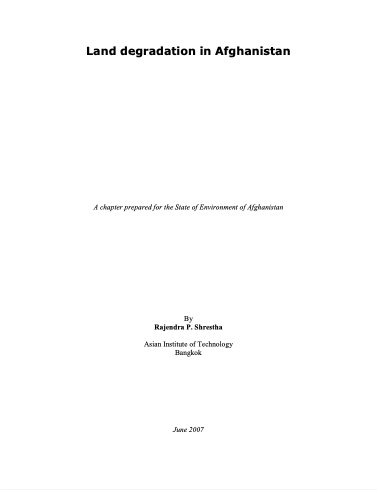Les mangroves d’Océanie 1980-2005: Rapports nationaux
The world’s mangroves 1980–2005 is a thematic study undertaken within the framework of the Global Forest Resources Assessment 2005. It was led by FAO in collaboration with mangrove specialists throughout the world, and was co-funded by the International Tropical Timber Organization (ITTO). It builds on the 1980 assessment, on the FAO Global Forest Resources Assessment 2000 (FRA 2000) and 2005 (FRA 2005), and on an extensive literature search and correspondence with mangrove and forest resources assessment specialists.




